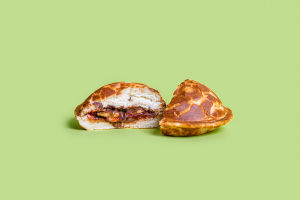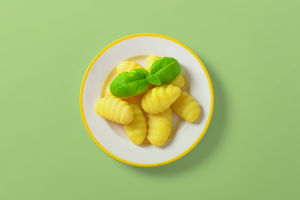The Tea Time Origins
If you've ever wondered why we sip tea in the afternoon while nibbling on dainty treats, it’s time to tip your hat to 19th-century England. This beloved ritual began with the Duchess of Bedford, Anna Maria Russell, who created afternoon tea to quell her mid-afternoon hunger.
With dinners served as late as 8 p.m. among the aristocracy, the Duchess cleverly filled the long gap with tea and light snacks. The tradition quickly caught on among her social circle and spread through Victorian high society, soon becoming a symbol of elegance and leisure across Britain.
The Duchess and Her Hunger
The Duchess of Bedford didn’t just have a knack for keeping her stomach satisfied; she unwittingly launched a cultural phenomenon. Faced with the long hours between lunch and dinner, she would order tea with bread, butter, and pastries brought to her room. Word of her cozy, social gatherings spread, inspiring other society ladies to follow suit. Before long, afternoon tea was a must-have event in the Victorian social calendar, where ladies could flaunt their latest fashions while enjoying a perfectly brewed cup.
From the Drawing Room to the Tea Room
As industrialization brought prosperity, tea rooms began popping up across Britain, making afternoon tea accessible to the emerging middle class. These tea rooms were social hubs for women, allowing them to meet friends without a chaperone - quite the revolution for the time. Establishments like Fortnum & Mason and the Ritz catered to this demand, offering beautifully appointed spaces where people could enjoy their tea in style. By the late 19th century, the ritual was no longer an exclusive affair but a popular outing for anyone craving a touch of refinement.
Tea Time’s Tasty Traditions
What’s afternoon tea without the treats? As the custom evolved, so did the spread. Delicate sandwiches, scones with clotted cream, and a variety of pastries became staples, transforming the simple snack into a culinary experience. Scones, introduced around 1890, were a hit and remain an afternoon tea essential. With each new hotel or tearoom, more innovations found their way onto the three-tiered stands, turning tea into a delightful miniature feast.
Afternoon Tea vs. High Tea
Contrary to popular belief, “high tea” and “afternoon tea” are not interchangeable terms. While afternoon tea was a leisurely activity for the upper class, high tea originated in working-class homes, where it served as a more substantial meal with hearty fare, eaten after a long day’s work. So if you find yourself in England ordering “high tea,” don’t be surprised if you get a full meal rather than dainty finger sandwiches and pastries!
Modern Twists on Tradition
Today, afternoon tea has become a global affair, with many hotels and cafés offering unique spins on the classic ritual. In London, it’s common to find themed afternoon teas that draw on international flavors - like the Japanese-inspired teas at Nobu Hotel or the Indian flavors at Colonel Saab. Thanks to social media, afternoon tea has gone from a quiet afternoon pastime to a highly Instagrammable experience, with themed pastries, seasonal decorations, and picture-perfect tables adding a modern flair to the age-old tradition.
To get the most out of your experience, look for places that celebrate both the classic and the contemporary aspects of tea, whether it’s a cozy café or a luxurious hotel. And don’t forget, a true afternoon tea isn’t complete without scones and clotted cream - so dig in and savor the history!


